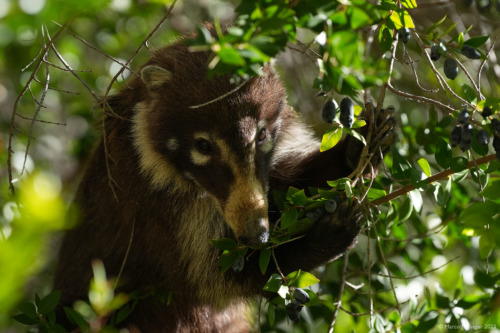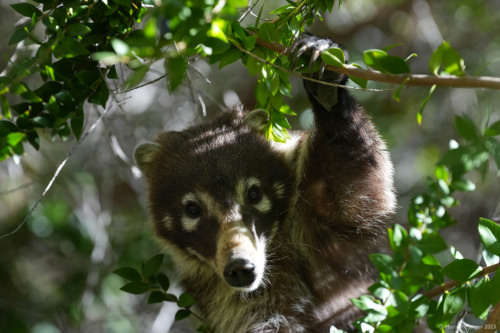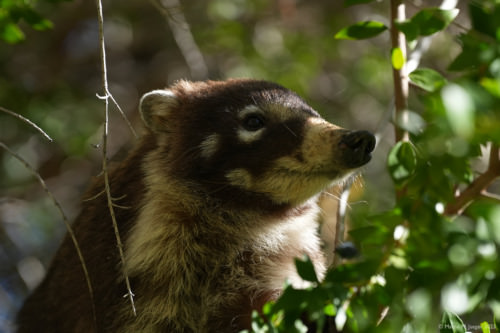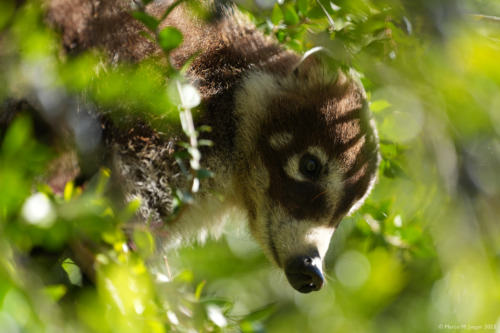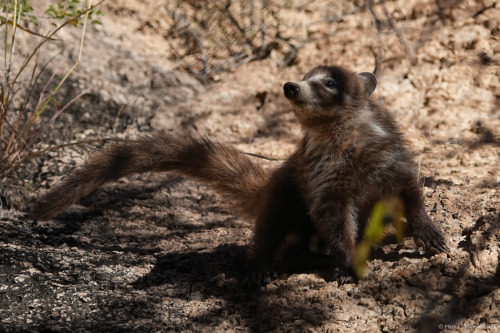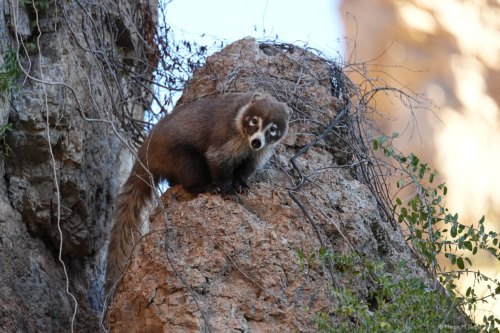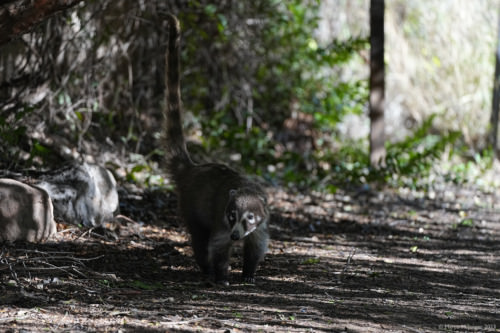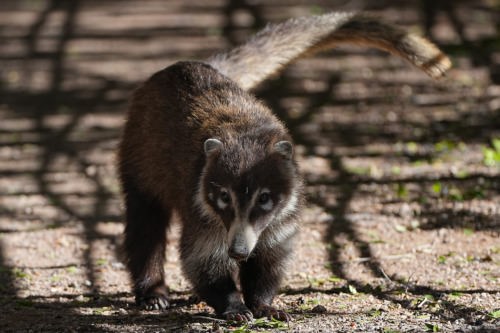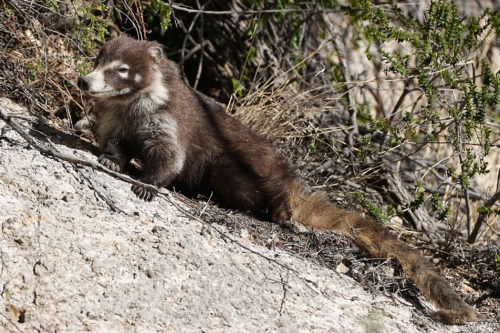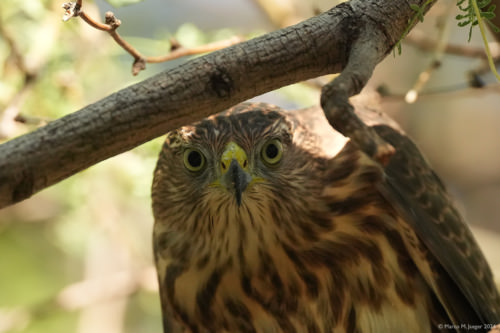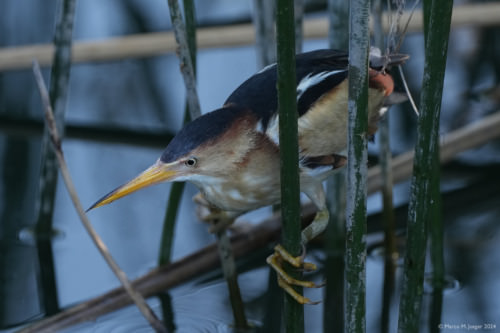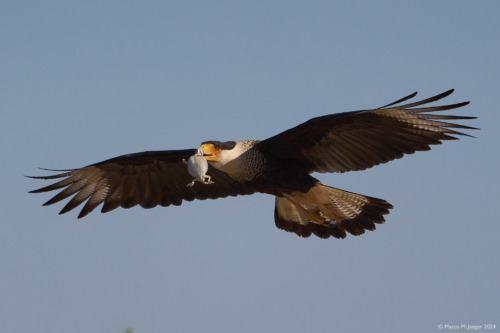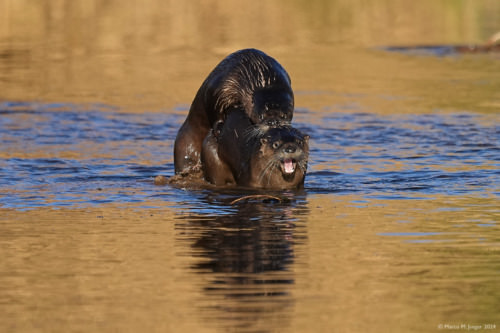I recently learned about a population of Coatis at the Boyce Thompson Arboretum – the oldest and largest botanical garden in Arizona. While we have been living in the United States since 2009, I only saw one Coati several years ago. I could not miss this opportunity to get a closer look at these adorable creatures.
Coatimundis, scientifically known as Nasua narica, are intriguing mammals that can be found in the diverse ecosystems of Arizona, particularly in the southern and southeastern regions of the state. Also referred to as coatis, these creatures are members of the raccoon family (Procyonidae) and are characterized by their distinct elongated snouts and long bushy tails. Coatimundis are well-adapted to a variety of habitats, including desert scrublands, woodlands, and canyons, making Arizona’s diverse landscape an ideal home for them.
In Arizona, coatis are often encountered in the Coronado National Forest and the Sonoran Desert, where they thrive amidst the rich biodiversity of the region. These diurnal creatures are known for their social behavior, often forming bands or troops, especially during the breeding season. Their diet consists of a wide range of food items, including fruits, insects, small vertebrates, and even bird eggs. The long, flexible snout helps them in foraging for food in narrow crevices and on the ground.
While coatis are generally not considered aggressive, caution is advised when encountering them in the wild. It is essential for residents and visitors alike to appreciate these fascinating creatures from a safe distance and to avoid feeding them, as habituation to human food can lead to negative consequences for both the animals and people. The presence of coatimundis adds to the biological diversity and uniqueness of Arizona’s ecosystems, making them a captivating aspect of the state’s wildlife.

